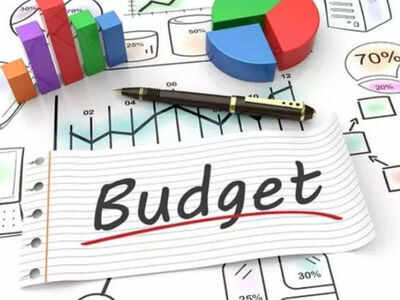- News
- Business News
- FAQs News
- Union Budget: Types of deficits & how they impact economy
Trending
This story is from January 27, 2021
Union Budget: Types of deficits & how they impact economy

(Representative image)
A deficit may arise in case government spends more during a year either due to unanticipated events like a disaster or calamity or introduces certain policy changes to spur economic activities.
High deficits may sometimes lead to inflationary pressures in the economy.
Here are the different types of budget deficit:
* Revenue deficit
When total revenue expenditure exceeds total revenue receipts it leads to revenue deficit. It indicates shortage of funds with the government even for maintaining its day-to-day affairs.
Government often resorts to borrowing or divestment to cover up the shortage. It may also introduce new taxes or increase the existing taxes.
The Centre is likely to incur a high revenue deficit this year owing to increased spending due to the coronavirus pandemic.
India's revenue receipts stood at 27 per cent of the budgeted target for the current fiscal year as against 42 per cent last year. Whereas, revenue expenditure was at 50 per cent of the full-year target.
Consequently, revenue deficit was at 125 per cent of the budgeted target of Rs 6.09 lakh crore during April-September quarter.
* Fiscal deficit
Fiscal deficit is the negative balance that arises whenever a government spends more money than it receives in the form of taxes and other revenues.
The number is one of the most keenly observed figures during the Budget. It assumes significance especially now as the ongoing Covid-19 pandemic has necessitated the government to undertake many measures to uplift a sluggish economy.
The fiscal deficit had breached the Budget target in July itself as the economy faced the most stringent lockdown in the first quarter to contain the outbreak of the coronavirus pandemic.
* Primary deficit
Primary deficit is arrived at by deducting interest payments on previous borrowings from the current year's fiscal deficit. In other words, it is the amount of government borrowing excluding interest payments.
A zero primary deficit indicates the need for government borrowing to meet interest payments.
A shrinking primary deficit indicates improving fiscal health of an economy.
End of Article
FOLLOW US ON SOCIAL MEDIA















